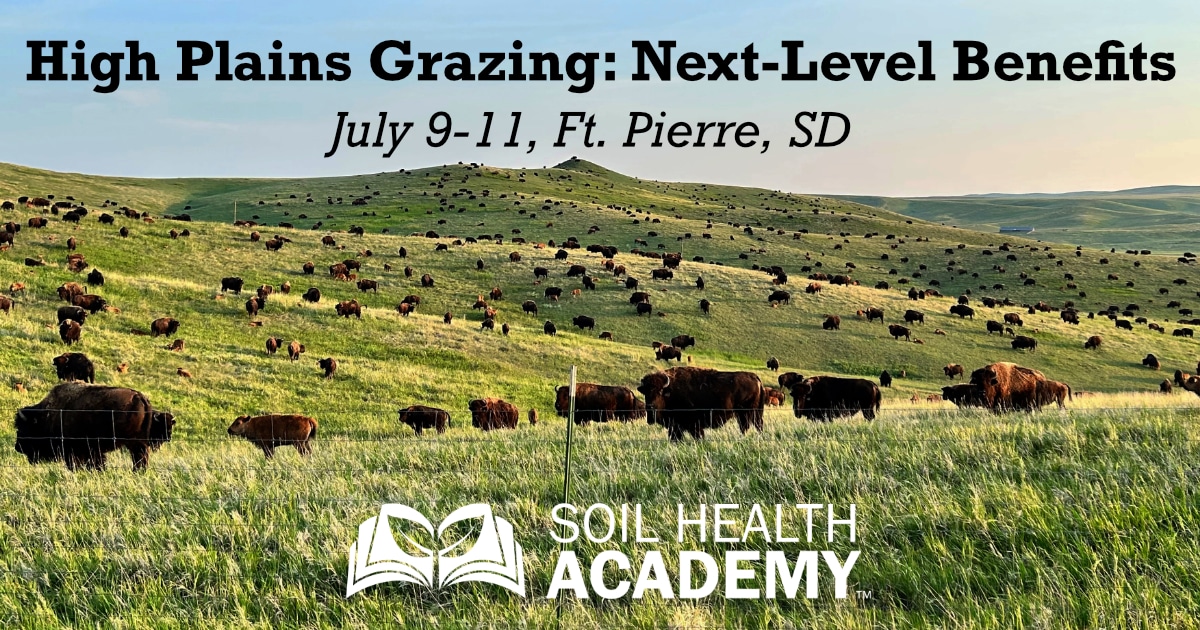
Who Should Attend?
Anyone that wants to take their ranch to the next level. This course will examine all aspects of regenerative ranching, soil health, plant health, and animal health. Hands-on experience will be heavily emphasized.
This is a power-packed three days that will change your ranch. It is taught by highly experienced regenerative ranchers. Participants will be participating in adaptive grazing practices.
What You Will Learn
- Principles of Soil Health & Adaptive Stewardship
- Restoring Vibrant Ecosystems Through Adaptive Grazing
- How to Make Grazing Highly Profitable & Desirable
- How to Increase Diversity and Productivity of Your Pastures
- How to keep more money in your pocket
- Plant Brix: how to measure & how to Use
- Six soil health principles
- Three principles of adaptive stewardship
- Determining soil water infiltration rates
- Forage Biomass determination
- How to address resource concerns
- How to increase your ranch’s resilience
July 9 - 11, 2024
Tuition of $1,375 includes:
- Regen Ag 101 course ($499.00 value), which we would like you to complete prior to the first day of class
- In-person attendance at the SHA school, as well as digital course materials and lunch each day
- Access to future scheduled conference calls with the instructors
Turner Ranches
Mission Statement:
To manage Turner Lands in an economically sustainable and ecologically sensitive manner while promoting the conservation of native species and habitats.
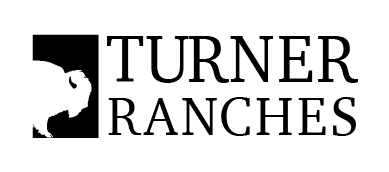
Located in central South Dakota, Bad River Ranch comprises approximately 148,000 acres of diverse grassland with rolling hills. The Bad River runs through the property; the mouth of which is where Lewis and Clark met the Teton Sioux.
The ranch is situated in the mixed grass prairies of central South Dakota and plays a crucial role in bison production and conservation. Recognizing its historical significance for bison and various wildlife species, the property was acquired with the aim of restoring range conditions and conserving native and endangered species alongside bison production. Bad River Ranch boasts one of the largest bison herds in South Dakota, emphasizing ecological and economic sustainability.
The main breeding herd for Bad River Ranch is a non-weaning group that currently consists of 1,400 breeding females with plans to grow to 2,200 head in the future. The ranch also supports a grass finished operation consisting of stocker heifers and young open cows.
Bad River is holistically managed for production and bison are adaptively grazed year-round through 71 permanent pastures and a multitude of temporary paddocks. To reclaim conventional no-till farm fields, extensive work has been done utilizing poly culture cover crops and high intensity, short duration grazing strategies. This is done with the use of portable water tanks and several temporary single strand reflective poly rope fences.
All ranch employees are trained in low-stress livestock handling techniques which are implemented during every interaction with the bison. This allows for increased flexibility in all our adaptive grazing systems.
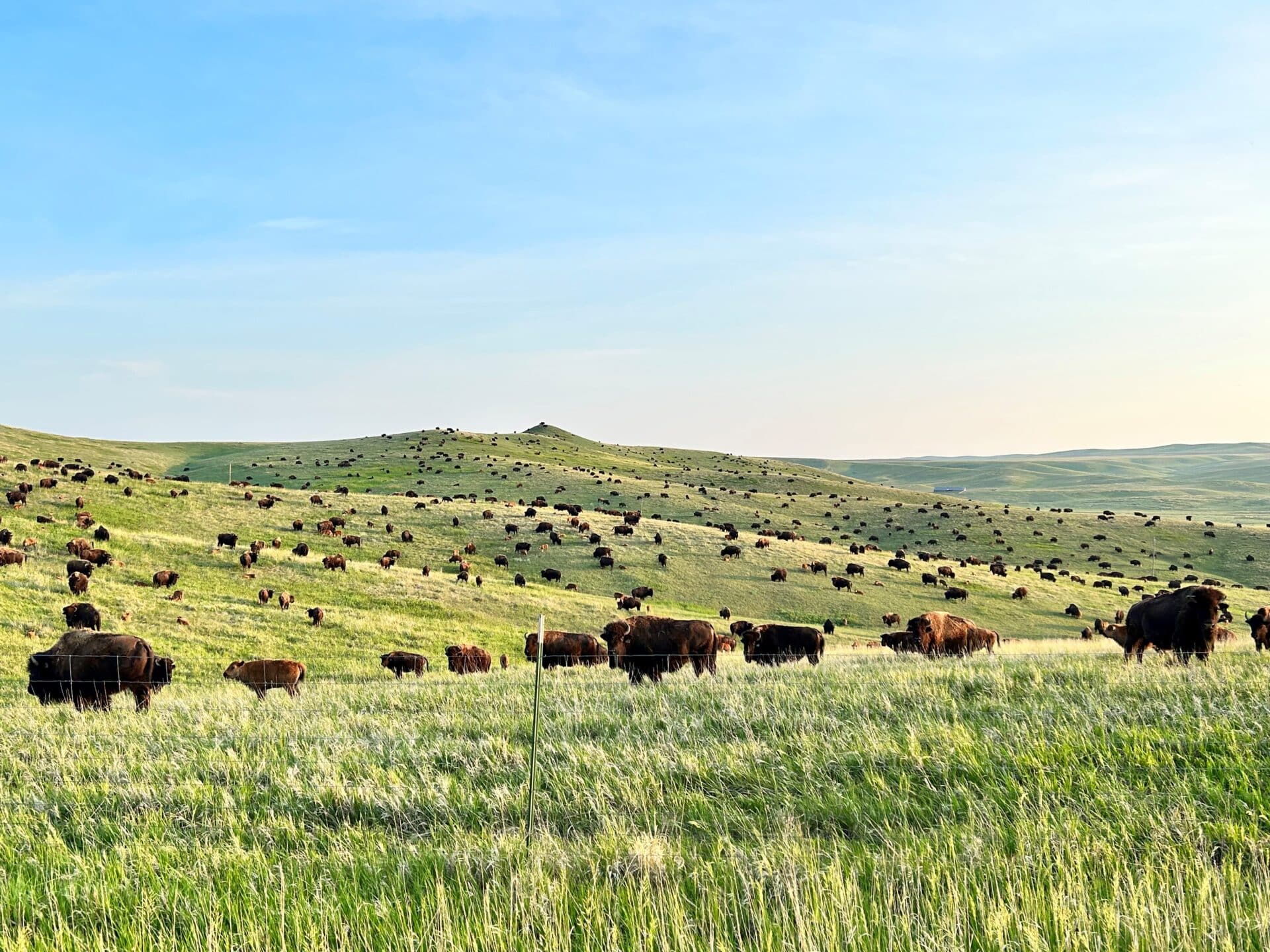
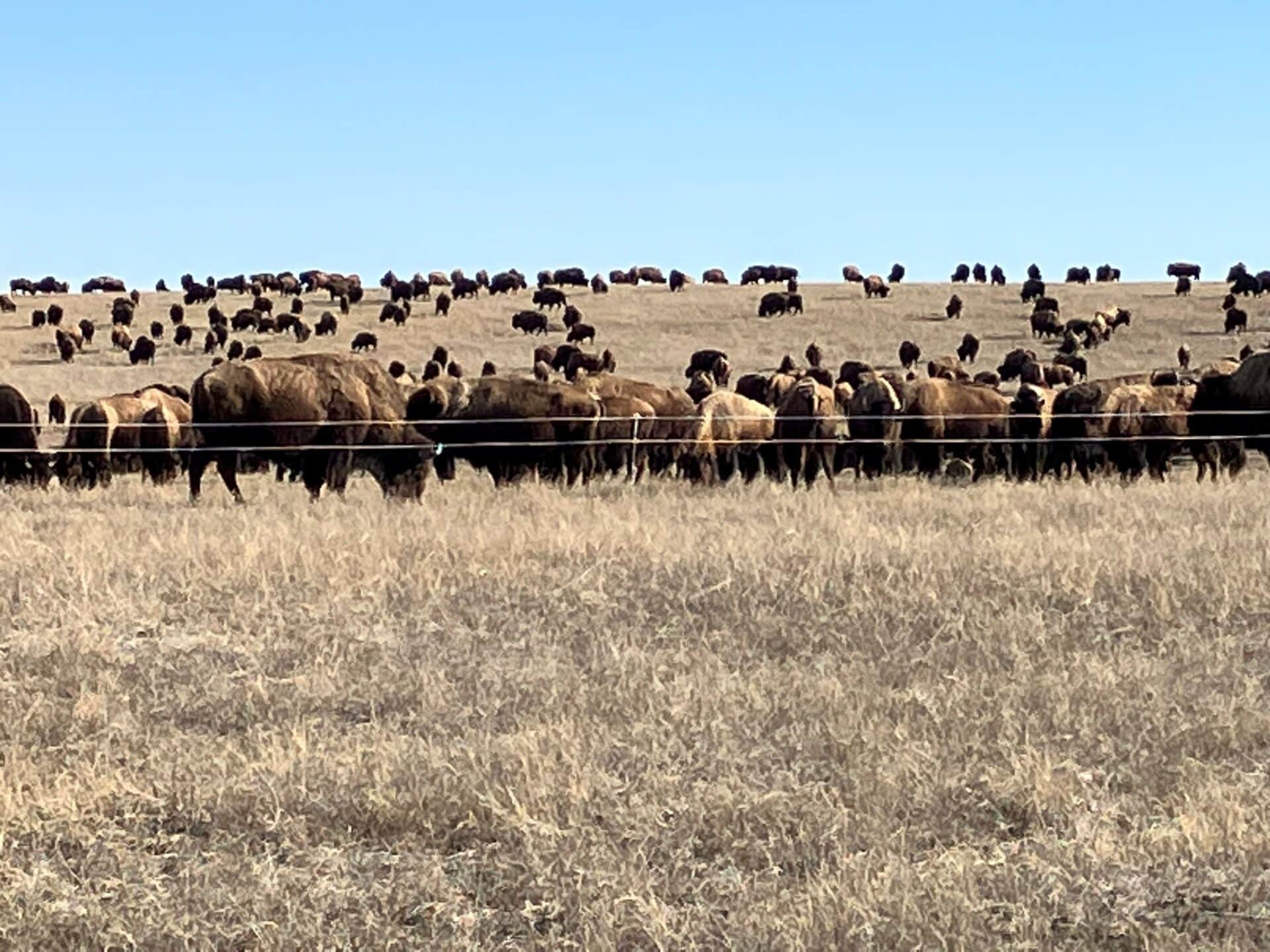
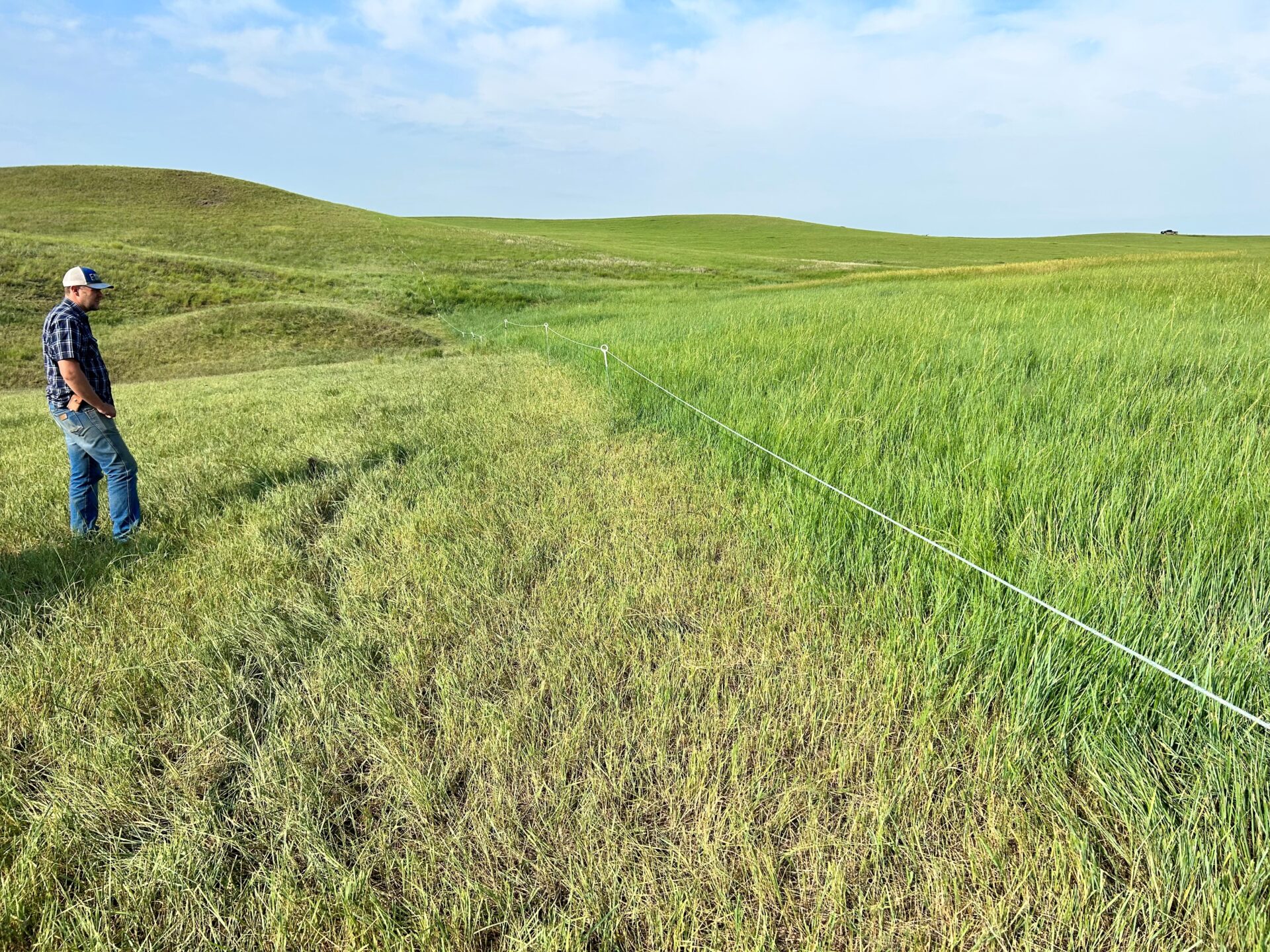
The Turner Endangered Species Fund (TESF), reintroduced the swift fox onto the ranch, and also supports a black footed ferret project. Environmental projects on the property focus on reducing levels of erosion and siltation into the Bad River and Missouri River.
STANDING BUTTE
Purchased by Turner Enterprises in 2015 and formerly known as the Triple U Ranch, Standing Butte Ranch is located in central South Dakota. The property boasts 45,921 acres of natural prairie, the majority of which has been undisturbed for centuries. The landscape varies with its rolling hills, unbroken sod, deep breaks caused by several creeks and pastures comprised of native grasses.
Standing Butte Ranch regenerates life through highly adaptive and profitable bison operations. We promote diverse native ecosystems, healthy and productive bison and premium quality nutritionally dense protein while providing stimulating careers for our employees.
The ranch is divided into 44-1,000 acre pastures and 33 smaller pastures. We vary the season of use (cool season grasses, warm season grasses, dormant season, full season rest) and are working to increase rest days to 18 months. Grazing duration is 10-15 days (long term goal of 7 days or less) and pastures are only grazed once per year.
Our goal is to increase plant species diversity, especially warm season grasses and woody shrubs. We are using tools like more animal impact for shorter durations with longer rest periods, improving grazing distribution through a combination of fencing (permanent and temporary) and water development. In areas of concern, like excavated ground, abandoned prairie dog colonies, and historical high impact areas (horse grazing, haying etc.), we are using a combinations of bale grazing, broadcast seeding and rest to establish ground cover and/or advance ecological succession.
The balance of conservation and commerce provides a foundation for our ranch management. We value low stress stockmanship because we have a genuine concern for the safety and well-being of our team and animals. We are innovative and welcome trying new ideas while openly sharing our successful outcomes and failed experiments.
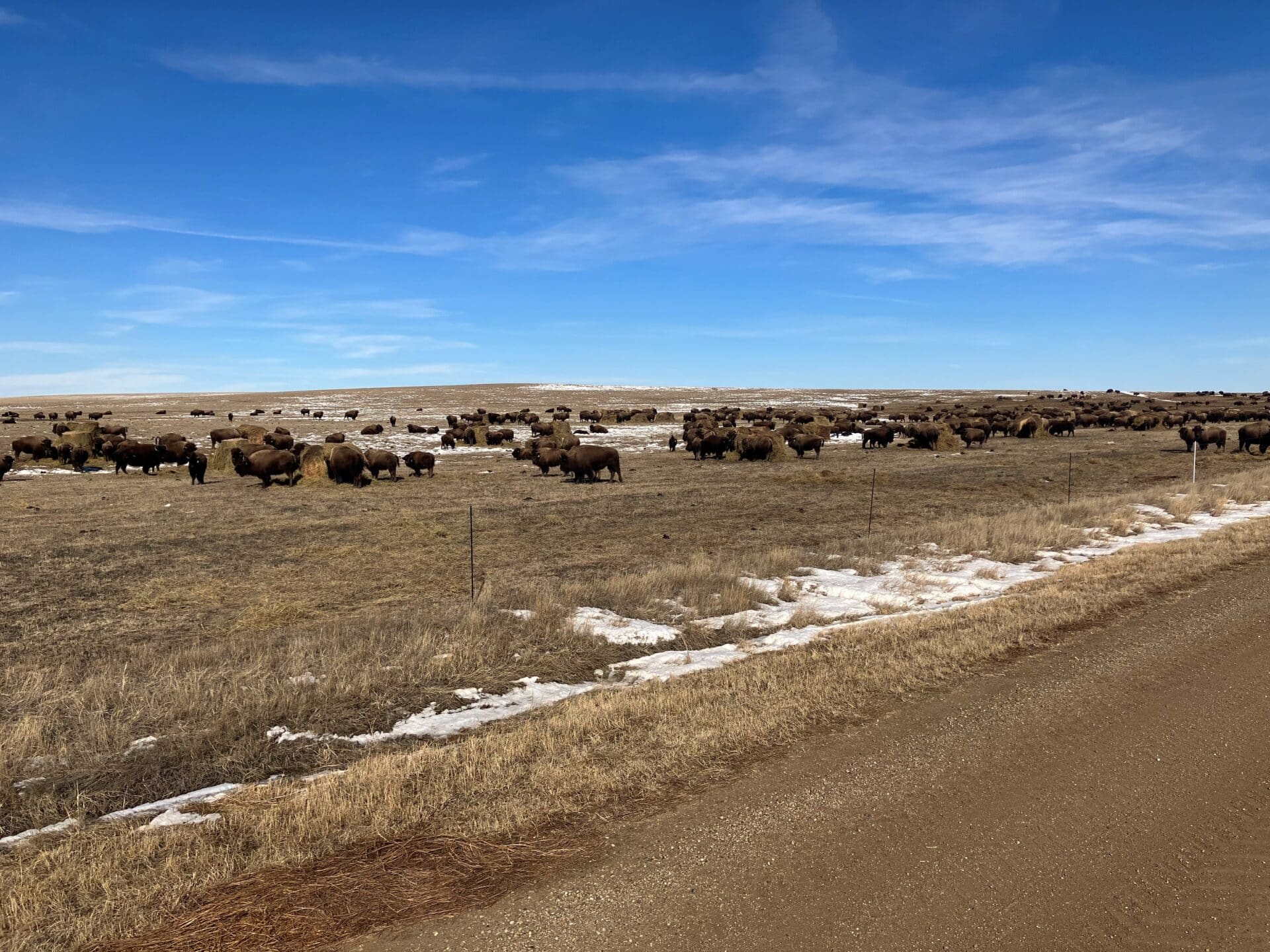
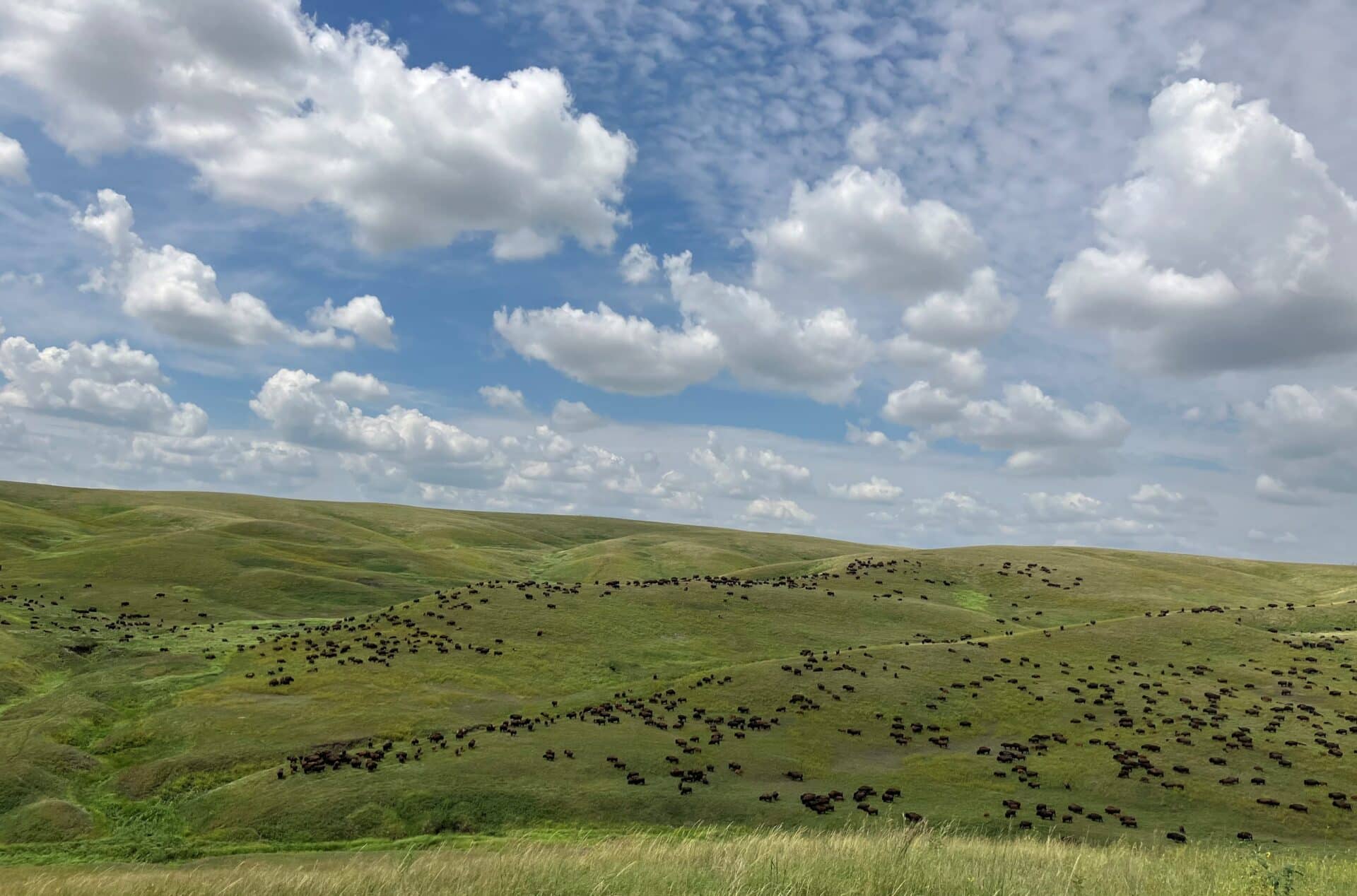
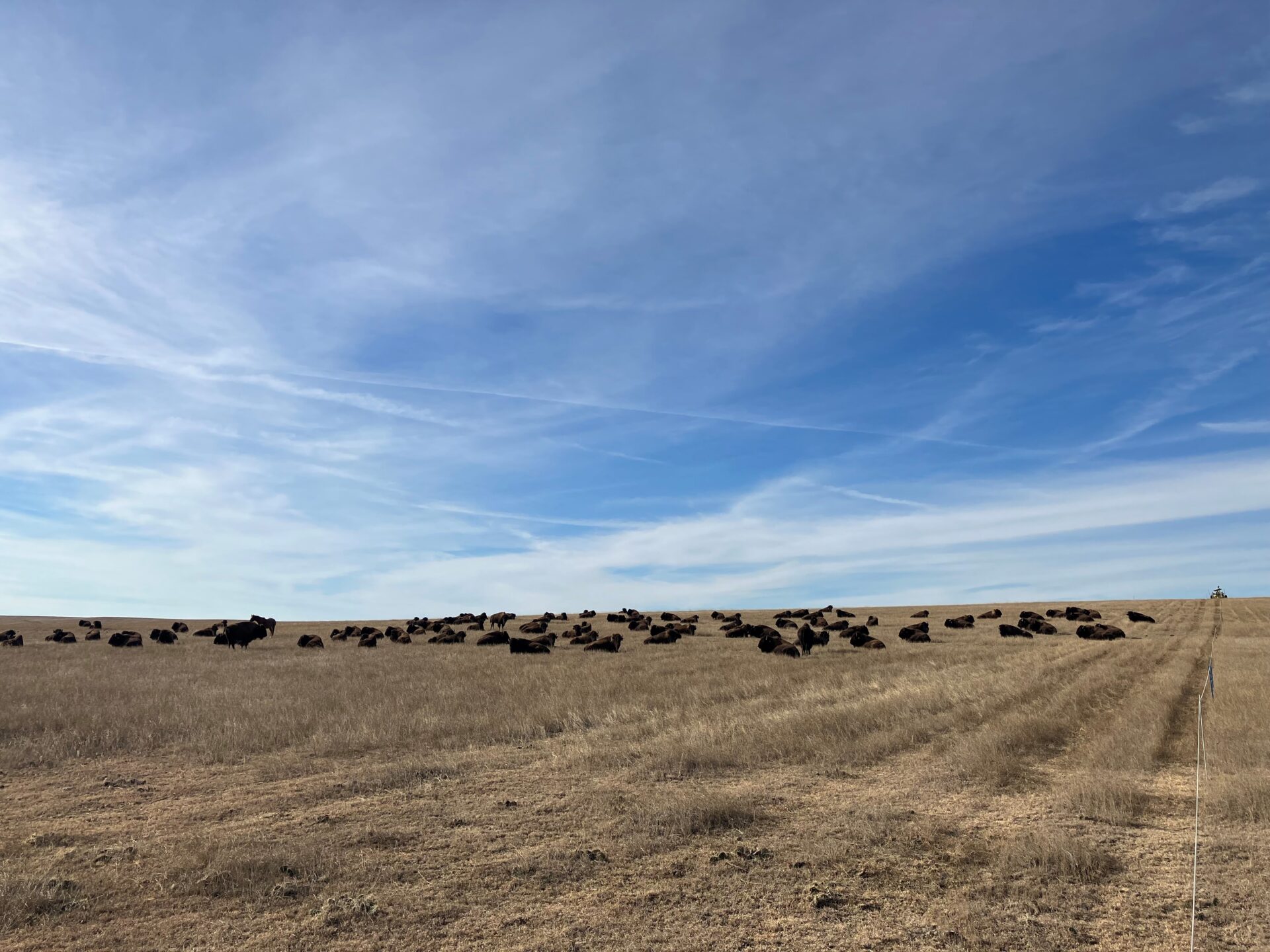

Educators
Sorry, we couldn't find any posts. Please try a different search.
Classroom Location
AmericInn
312 Island Dr.
Fort Pierre, SD 57532
Farm Location
Bad River Ranch and Standing Butte Ranch
Hotel Information
AmericInn by Wyndham Fort Pierre
312 Island Dr,
Fort Pierre, SD 57532
Room block released 6/24/24 $139.99
Closest Airport
Pierre Regional Airport (PIR)
3800 Airport Rd #209
Pierre, SD 57501
(605) 773-7447
